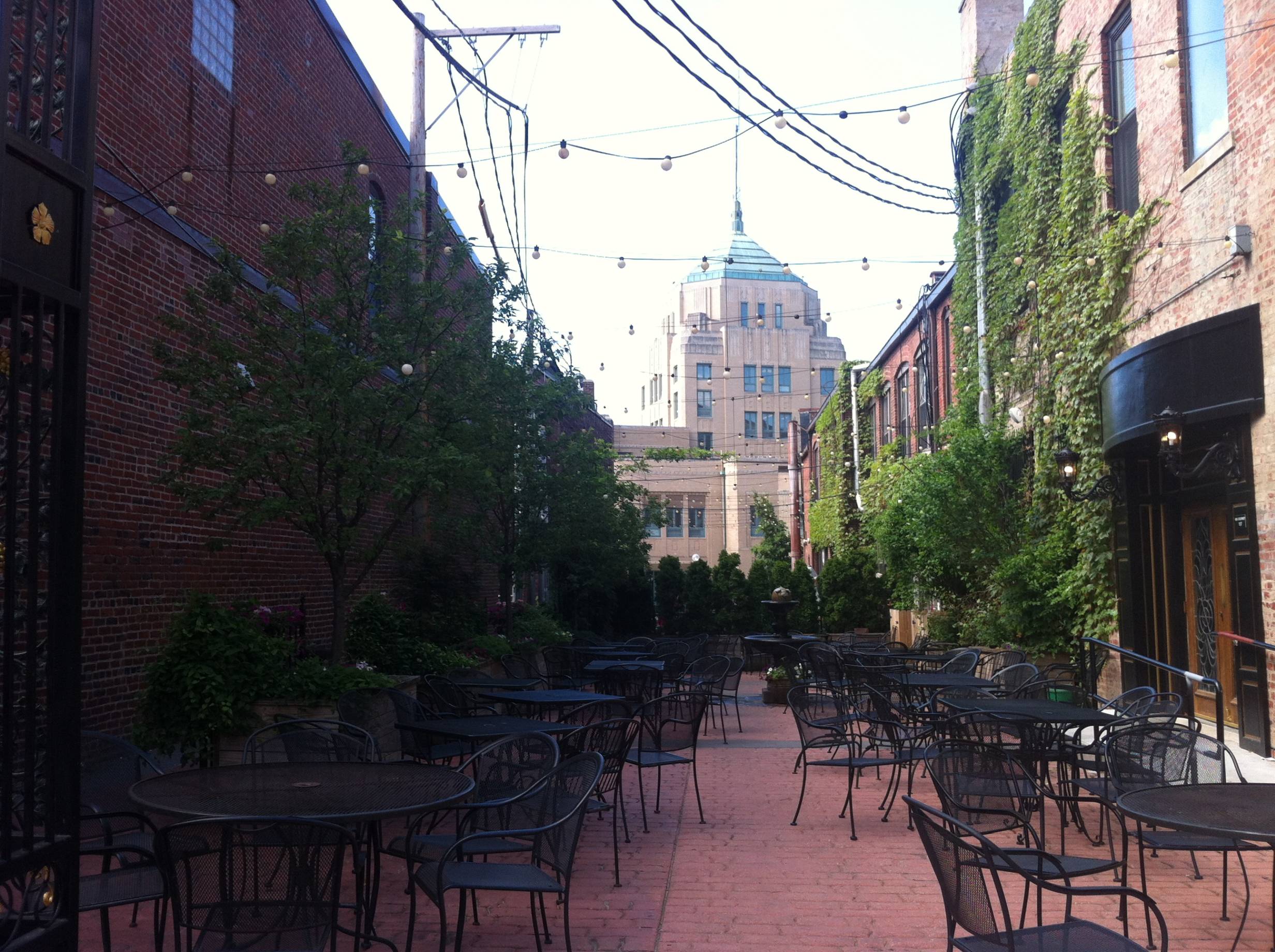A lot of interest has been given lately to green infrastructure and sustainable cities. This interest is no doubt encouraged by the emergence of startling facts about population growth.
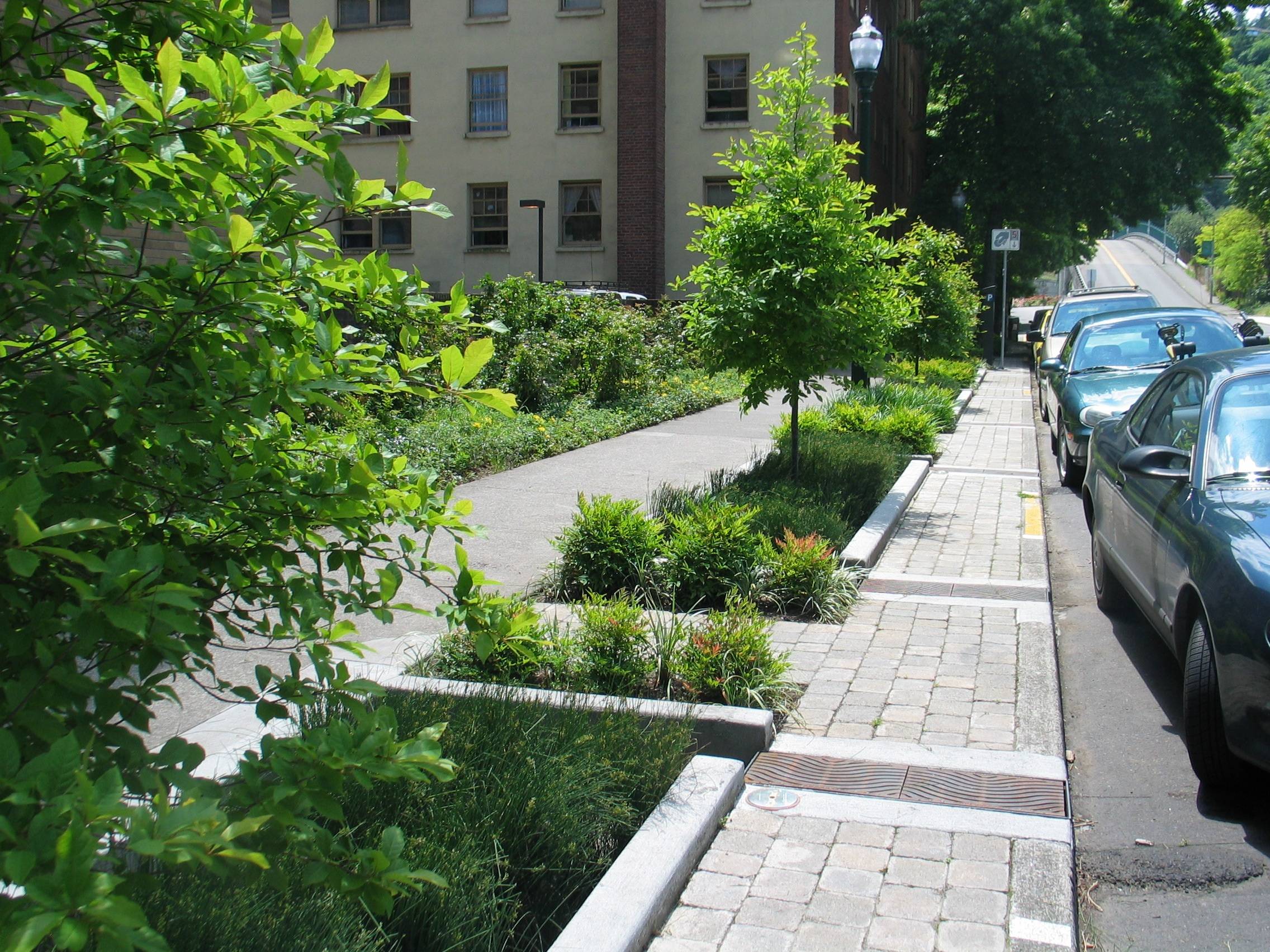
Green street planters. Image courtesy of www.epa.gov.
By 2050, for instance, this blue globe of ours is expected to house nine billion people. And of those nine billion, six billion will live in urban areas.
Though C-U has grown in population since last year, it was named as “One of the least sprawling communities in the Country” according to Measuring Sprawl 2014, conducted by Smart Growth America. But what does that mean?
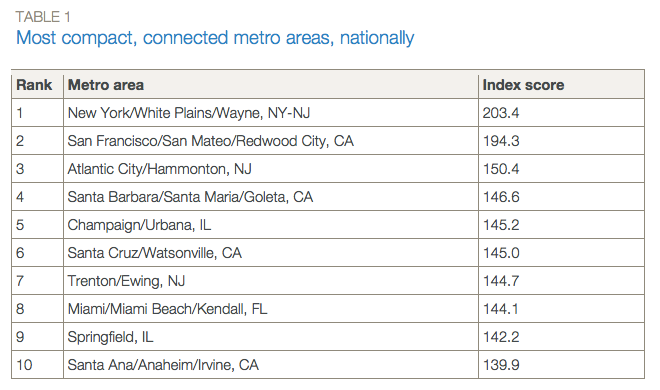
Table 1: Most compact, connected metro areas, nationally. Image courtesy of Smart Growth America.
Enter science
While we are growing, we are actually compacting instead of sprawling into the suburbs and communities further from the city centers. While we are busy bunching together, it led me to think: where are we going to put all these people? How are we going to avoid stepping on one another’s feet? And how is the city going to keep up with compacted growth and still live up to its municipal standards?
The answer is green and efficient infrastructure, and the good news is we’re already doing it.
Well-lit alleyways
One very good example of green infrastructure is recycled alleyways.
An alley, loosely defined, is “any pathway between two buildings” (source: me). In the muggle world, alleys really have no explicit function when it comes to city planning. Rather, alleys are just the bits left over, or between, or betwixt congruent spaces when construction or demolition occurs. More or less, these spaces are many square feet of unused space.
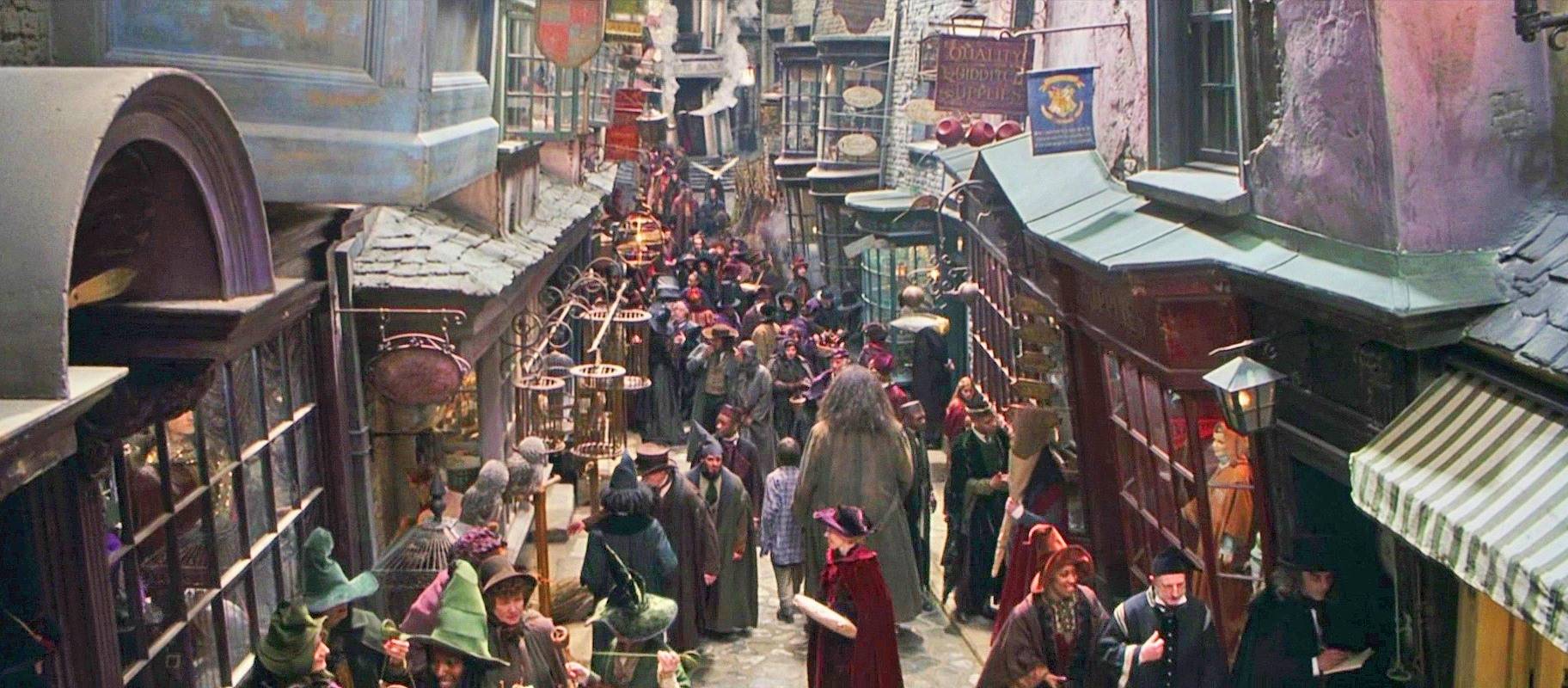
Diagon Alley, only magical to wizards because empty and worthless to humans. Image courtesy of harrypotter.wikia.com.
However, all around town, smart and resourceful people in C-U are using our alleyways for good.
In Urbana, we have Crane Alley’s alleyway seating, the L-shaped courtyard stretching from Quality to Cowboy Monkey in downtown Champaign, and the outdoor portion of the Children’s Orpheum Museum. The latter actually uses the empty space where a demo’d building once stood.

Alleyway seating at Crane Alley.
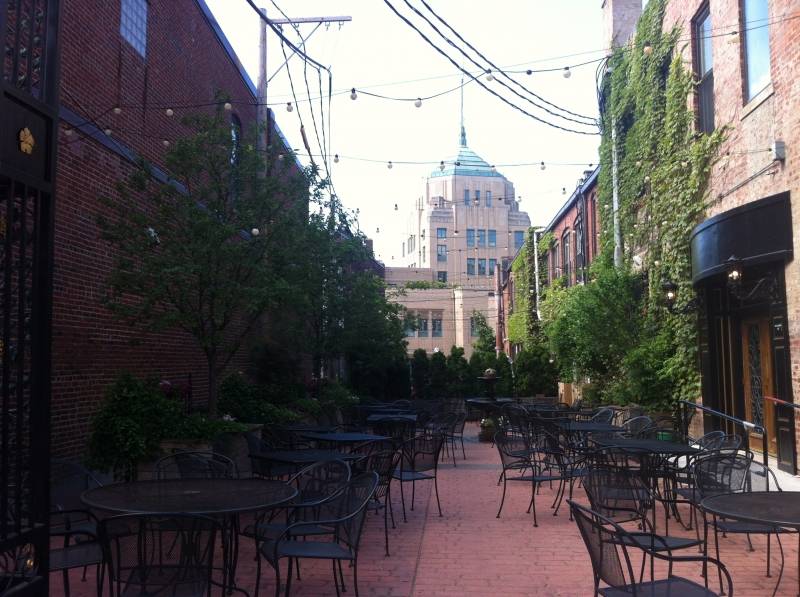
Alleyway in front of the Little Pig.
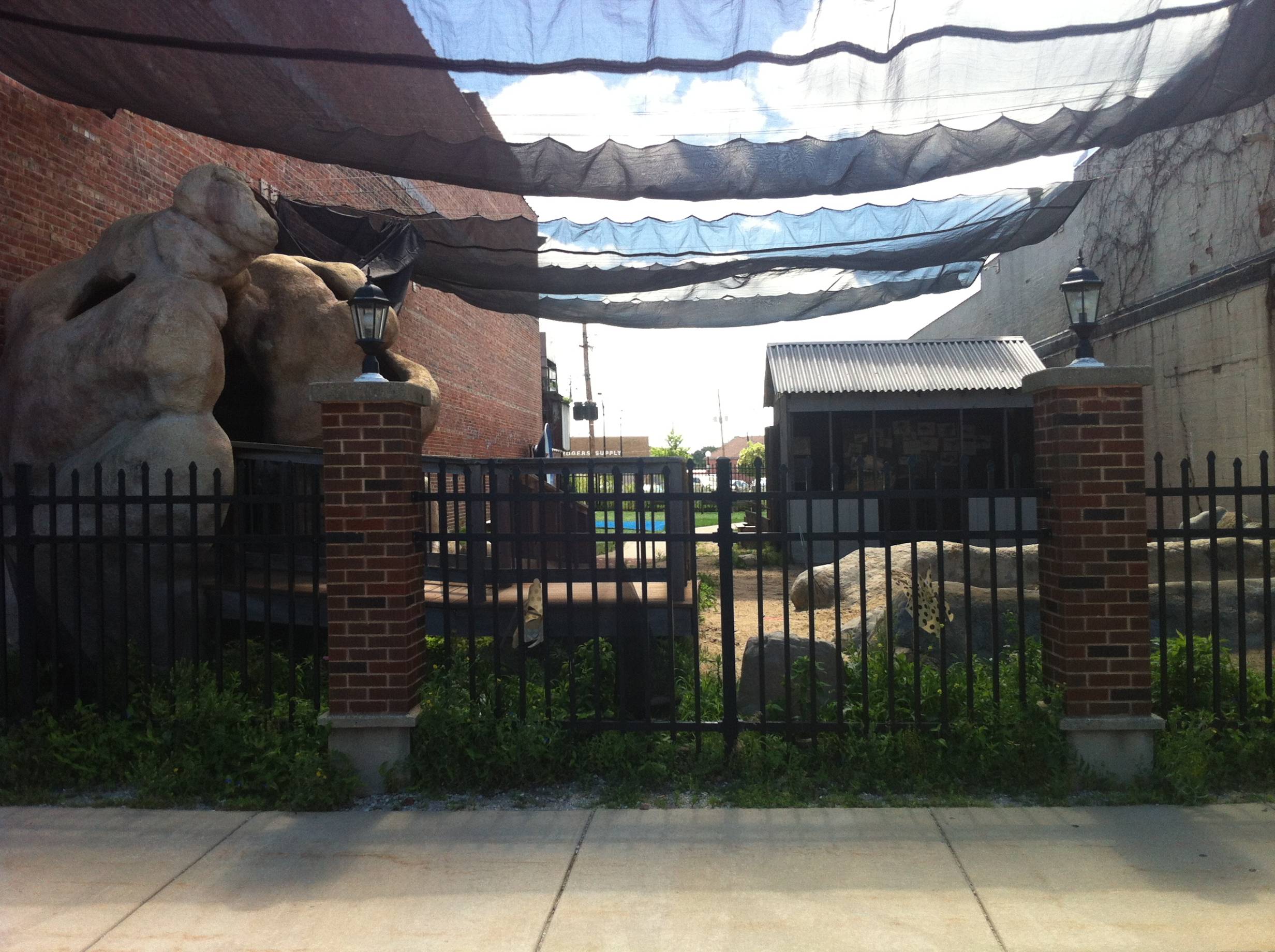
Outdoor alleyway at Children’s Orpheum Museum.
Bike paths & city gardens
 Two other ways C-U excels in providing green infrastructure: integrated bike path network and urban gardens.
Two other ways C-U excels in providing green infrastructure: integrated bike path network and urban gardens.
We may not be Copenhagen, Denmark (see their awesome bike lanes on the left, image couresy of pinetribe.com), but we are certainly forward-thinking in the area of bike pathways and biker-friendly routes. Just ask any driver about the prevalence of bikers on the road and you’ll hear a lot about how C-U is making the road a friendly place for manual transport.
And as far as community urban gardens go, it seems they are cropping up (pun intended) everywhere.
Courier Café in Urbana recently completed their raised bed parking lot gardens, there are the well-known community gardens at Meadowbrook Park, and the fairly recent Prosperity Gardens on First Street behind the Champaign police station parking lot.
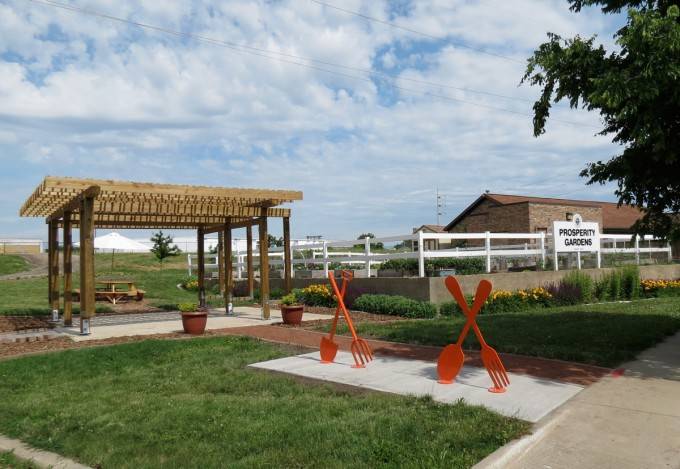
Prosperity Gardens. Image courtesy of prosperitygardens.org.
Future of green infrastructure in C-U
What’s next for infrastructure in C-U? Maybe something similar to the Bloomingdale trail in Chicago?
What do you think? Any spots we missed?
Alleyway images by Bridget Curren.








